The noblest color in the world: Kaimurasaki
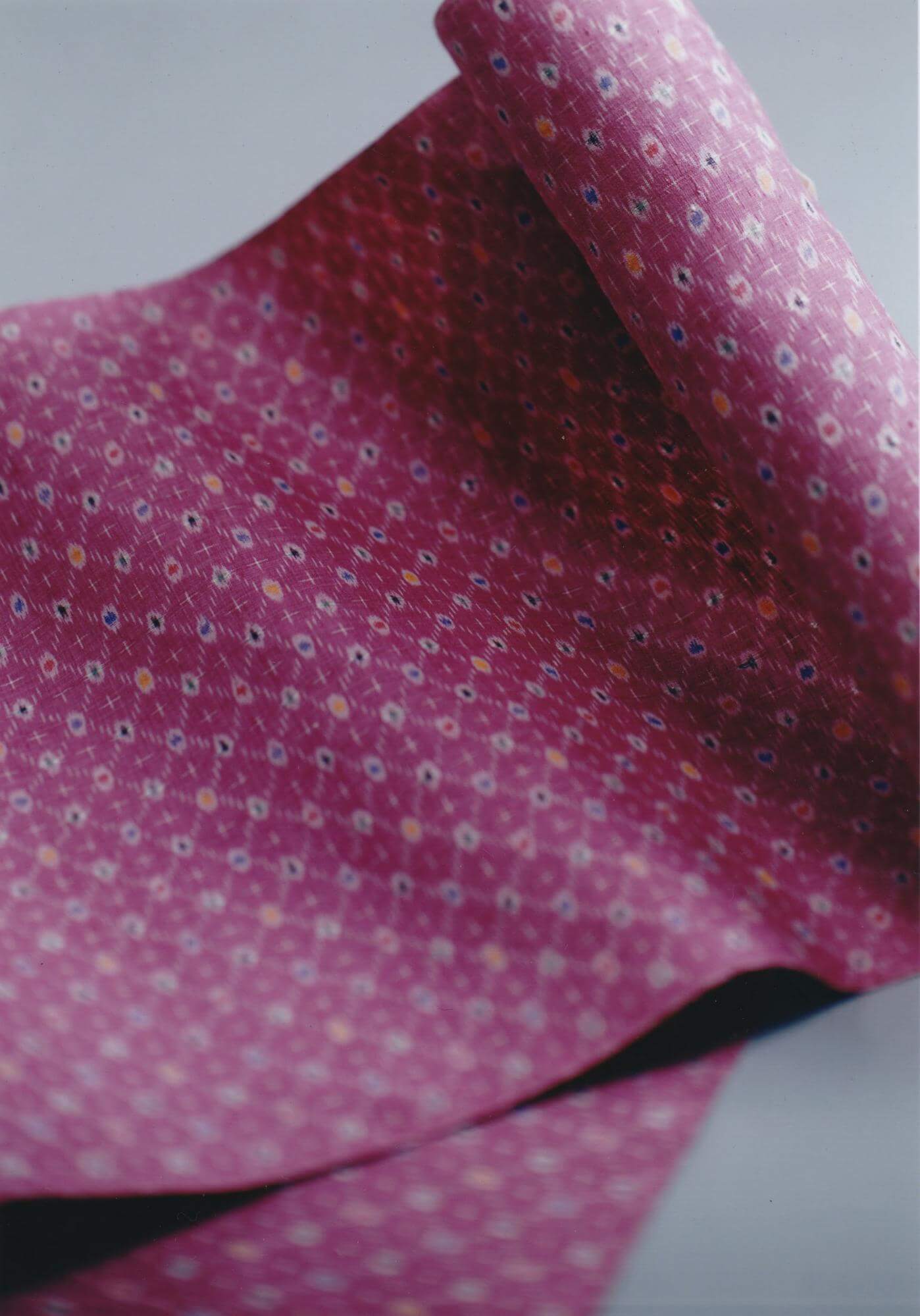
A thousand shells needed to just make a few grams
A huge number of conch shells are needed to make the natural dye Kaimurasaki (Tyrian purple). Since the dye is so rare and expensive, it was only allowed to be used in Japan for the ceremonial clothes of emperors and aristocrats, which is why it is considered the “noblest color.” Such clothing was treasured as a sign of authority, and also known by such names as “imperial purple” or “Cleopatra’s purple,” but with the decline of the Eastern Roman Empire production of this dye ceased. Getting a hint from the process of indigo fermentation, Akiyama succeeded in coming up with a unique method to extract a violet pigment from the internal organs (purple glands) of the acacia shellfish that lives in the coastal waters of Japan, thus reviving Kaimurasaki dye.
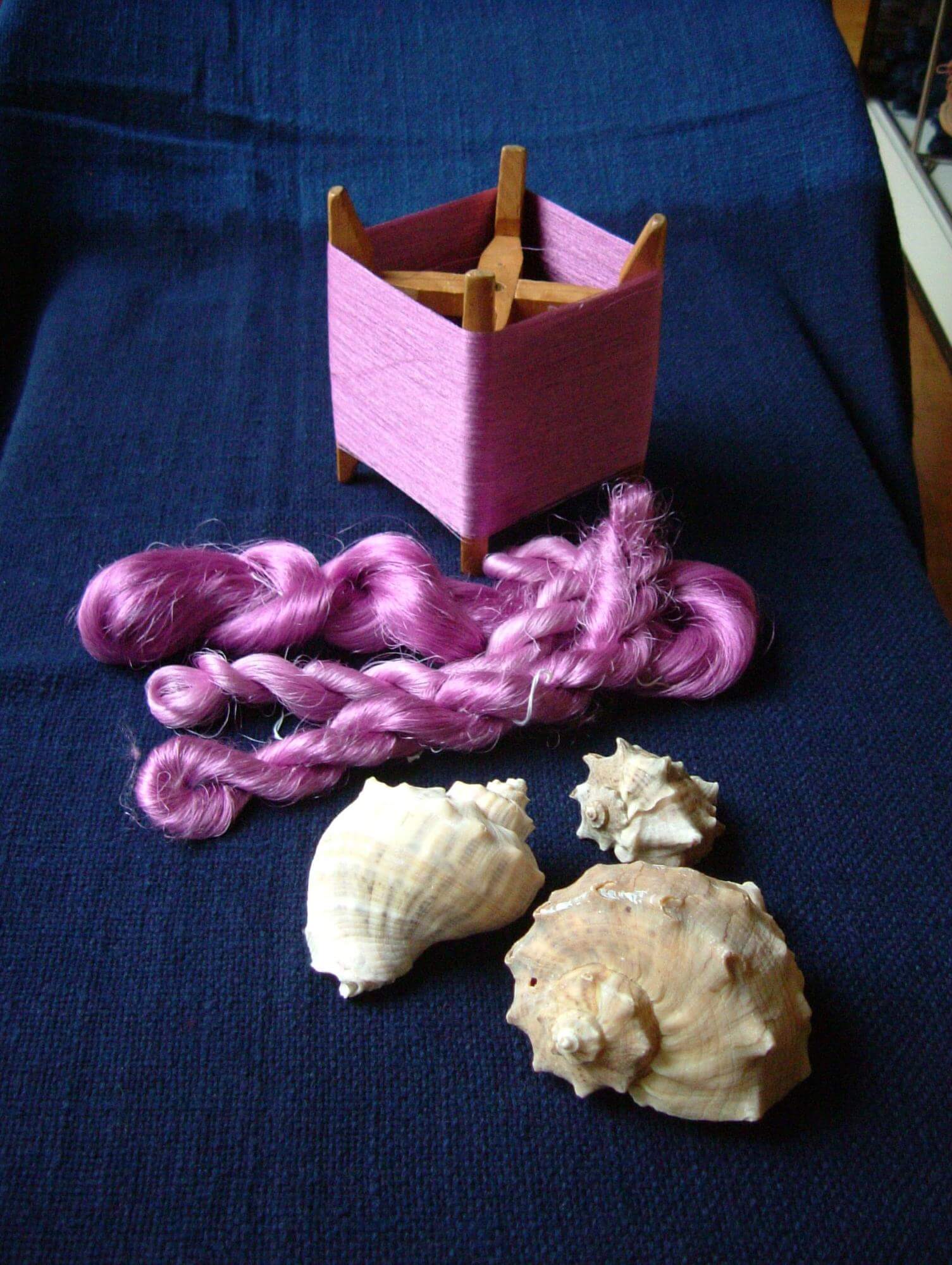
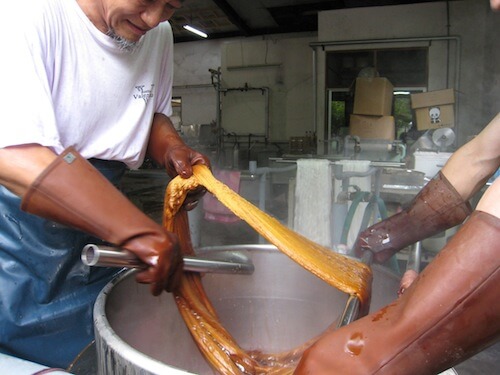
Feature
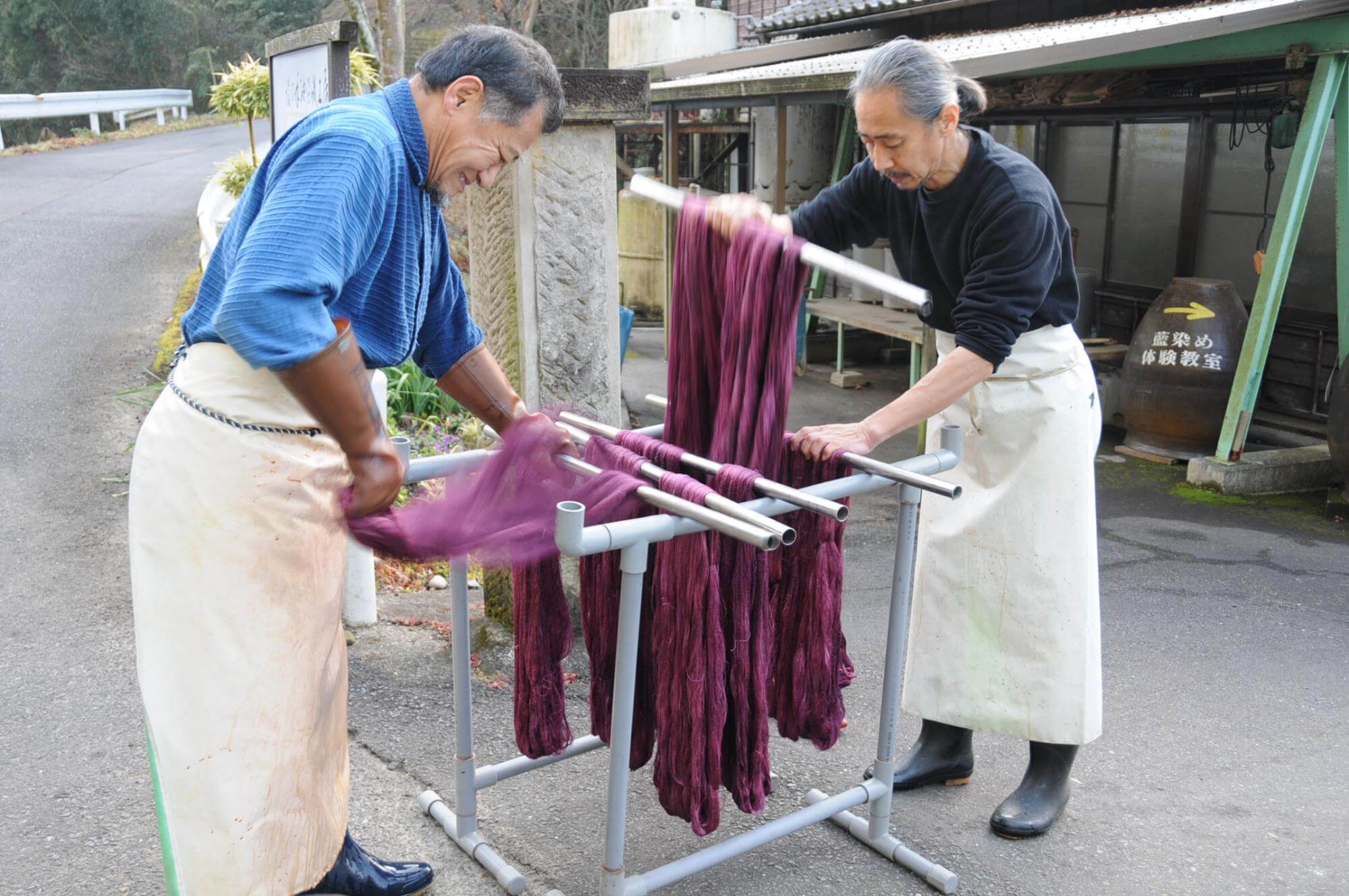
Our original Kaimurasaki dyeing technique
There are two methods for extracting the Kaimurasaki dye: the direct method and the reduction method. The direct method involves removing the fluid secreted from shellfish and applying it to the material, then exposing it to ultraviolet rays from sunlight or other sources for the pigment to appear. Reduction, meanwhile, is a method that involves chemically reducing the fluid secreted from the shellfish and then exposing the material soaked in this solution to oxygen to generate the pigment.
This original method of creating a pigment from shellfish through reduction was pioneered by the founder of Aya Dyeing & Weaving Studio, Masakazu Akiyama, through his tenacious struggle from 1978 to 1980. The underlying principle for generating color is the same as that of indigo dyeing, and Akiyama was able to arrive at this new method thanks to the dedication he had shown to the process of natural indigo dyeing. Because the protein of the dye is separated, purified, and reduced to a powder, it is possible, whenever, to produce the desired depth of color. For his accomplishment in reviving the method of creating a natural royal purple pigment, Akiyama was recognized as a “contemporary modern craftsman” by the Japanese government.
Materials
Akanishikai shellfish
Dibromo indigo, the major component of royal purple, is secreted from the hypobranchial gland of carnivorous conchae of the Muricidae family. Since it contains bromine it has a strong smell. The shellfish can paralyze their prey by striking them with a poisonous substance called purpurin, and it is this substance that contains the purple shellfish dye. Only a little bit of dye can be extracted from each shellfish, so depending on their size it can take from between 100 and 1,000 shellfish to produce just one gram. The proportion of material to dye is around 10 to 1, so dyeing one T-shirt that weighs 150 grams, would need 15 grams of dye, which requires from between 1,500 and 15,000 shells to make.
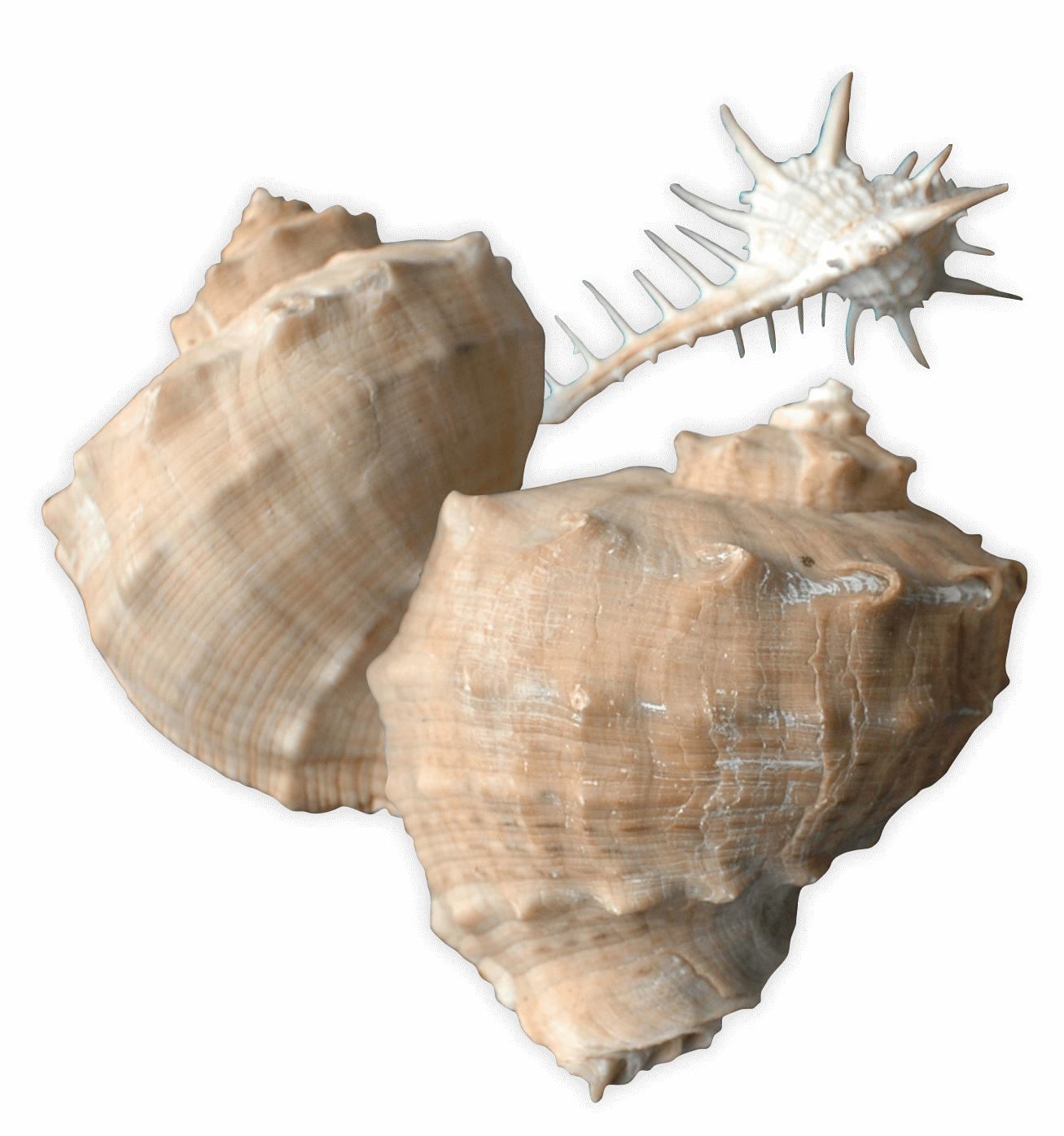
Outstanding qualities
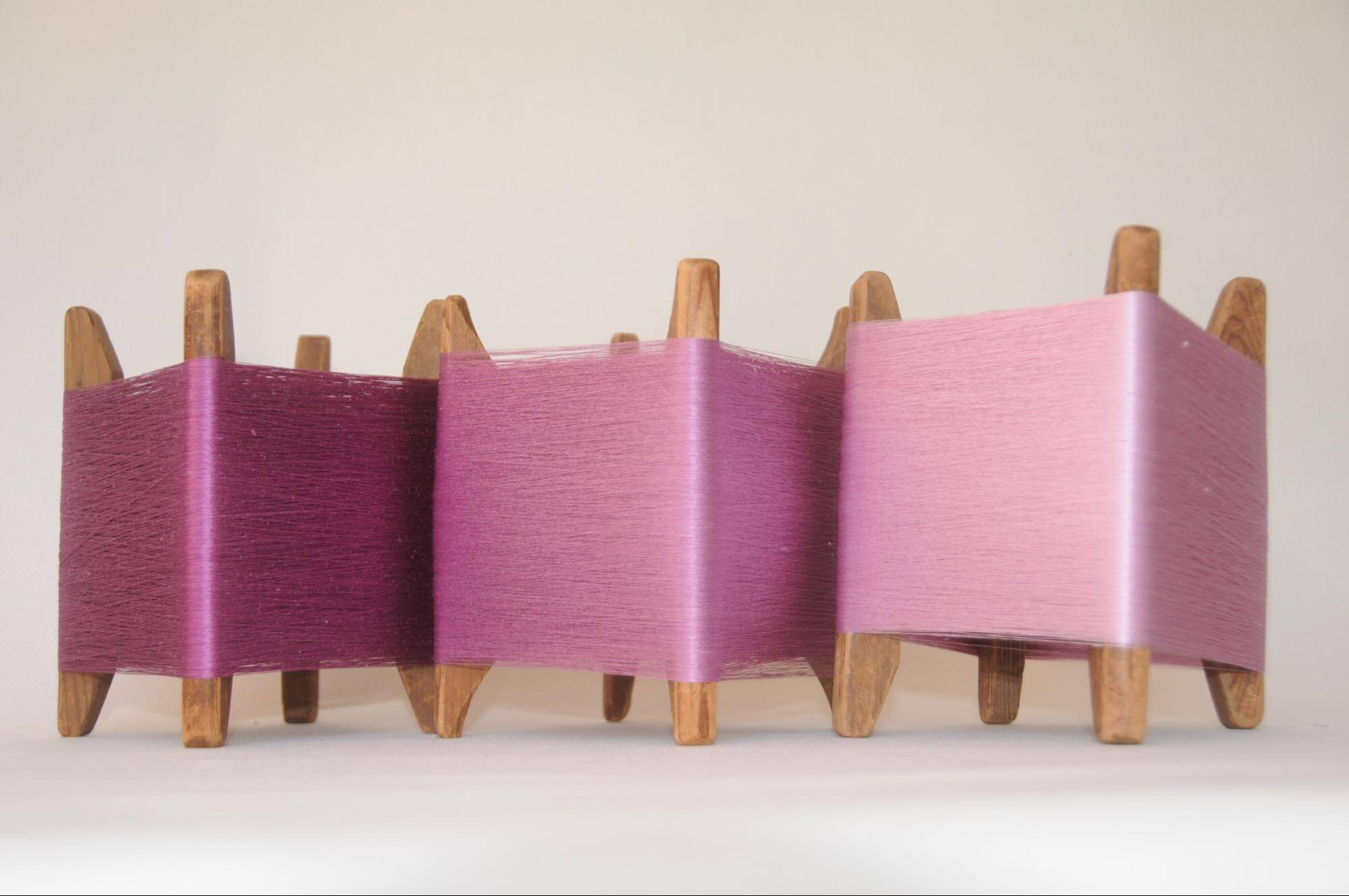
Since purple is the color with the shortest wavelength, it is said to be beneficial with regard to hormonal stability, neuralgia, and mental stress, and the purple extracted from shellfish is thought to be the strongest in this respect among purple pigments. The color from the shellfish dye has tinges of red. In ancient times in the West, things that were dyed with this royal purple where thought to incarnate a special power, so its use among common people was banned by many rulers. There are other natural purple pigments from dyes made from such things as purple gromwell or lac dye (Coccoidea), but purple shellfish dye is far superior for such qualities as stability and fastness.
A story about shellfish
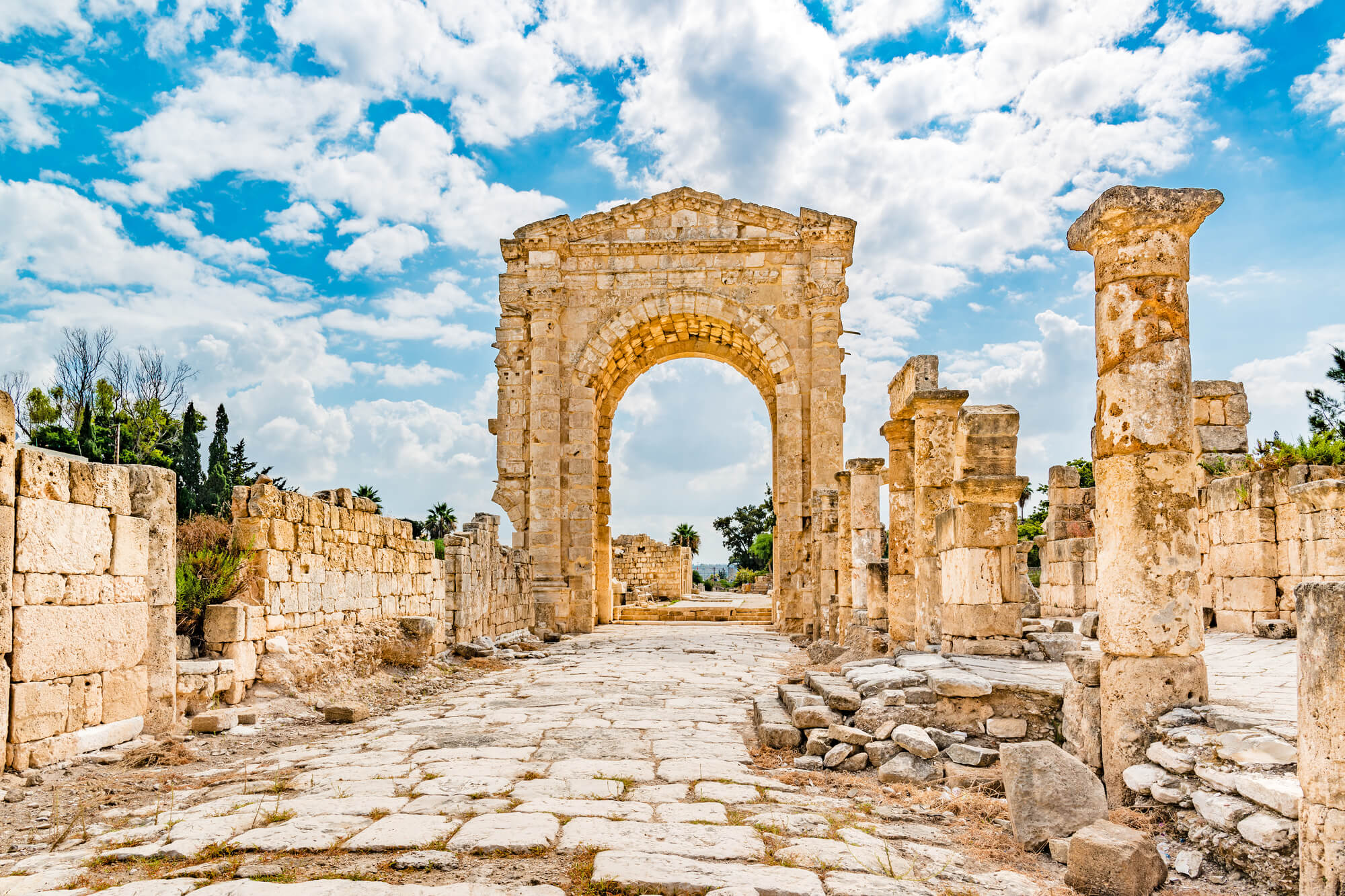
Shellfish dye in the West
The color kaimurasaki-iro—a purple color with tinges of clear red—is known as “Royal purple” or “Imperial purple” in English. Another named is “Tyrian purple because a great amount of the die was produced in the Phoenician city Tyre. There was also an expression in English, “born in purple,” to denote someone of aristocratic birth. The known history of shellfish dyeing dates about to around the 16th century BC, when a dye was produced in Phoenician cities on the coast of the eastern Mediterranean using shellfish from the Bolinus brandaris species. The Phoenicians would crush the shellfish to remove the internal organs (purple gland). The secretions were then rubbed on materials that were placed in the sun to generate the color. After discovering this method, the Phoencians traded fabrics dyed in this color. Such fabrics were worth their weight in gold at the itme.
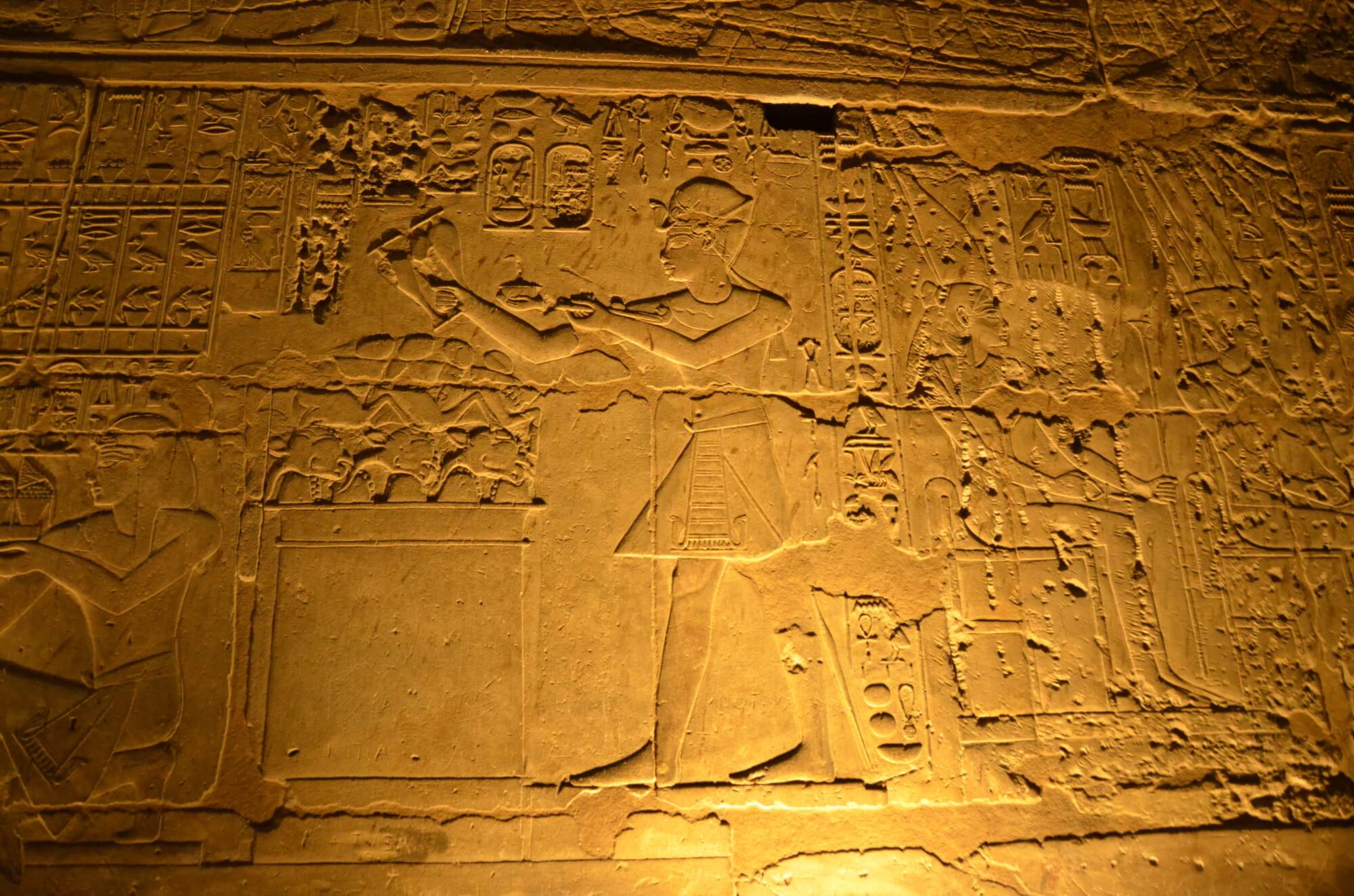
Tyrian purple
Alexander the Great of Macedonia who ruled Greece proclaimed that royal purple was his and his alone. Later the Roman Emperor Julius Caesar also came to wear garments in this imperial color. And it is said that Cleopatra had all the sails of her ship dyed in royal purple as she sought to attract Antonius. From the time of Ancient Rome, all monarchs adored the color, and the tyrannical Emperor Nero decreed that anyone wearing or selling a garment in this color, apart from the privileged classes, would be sentenced to death.
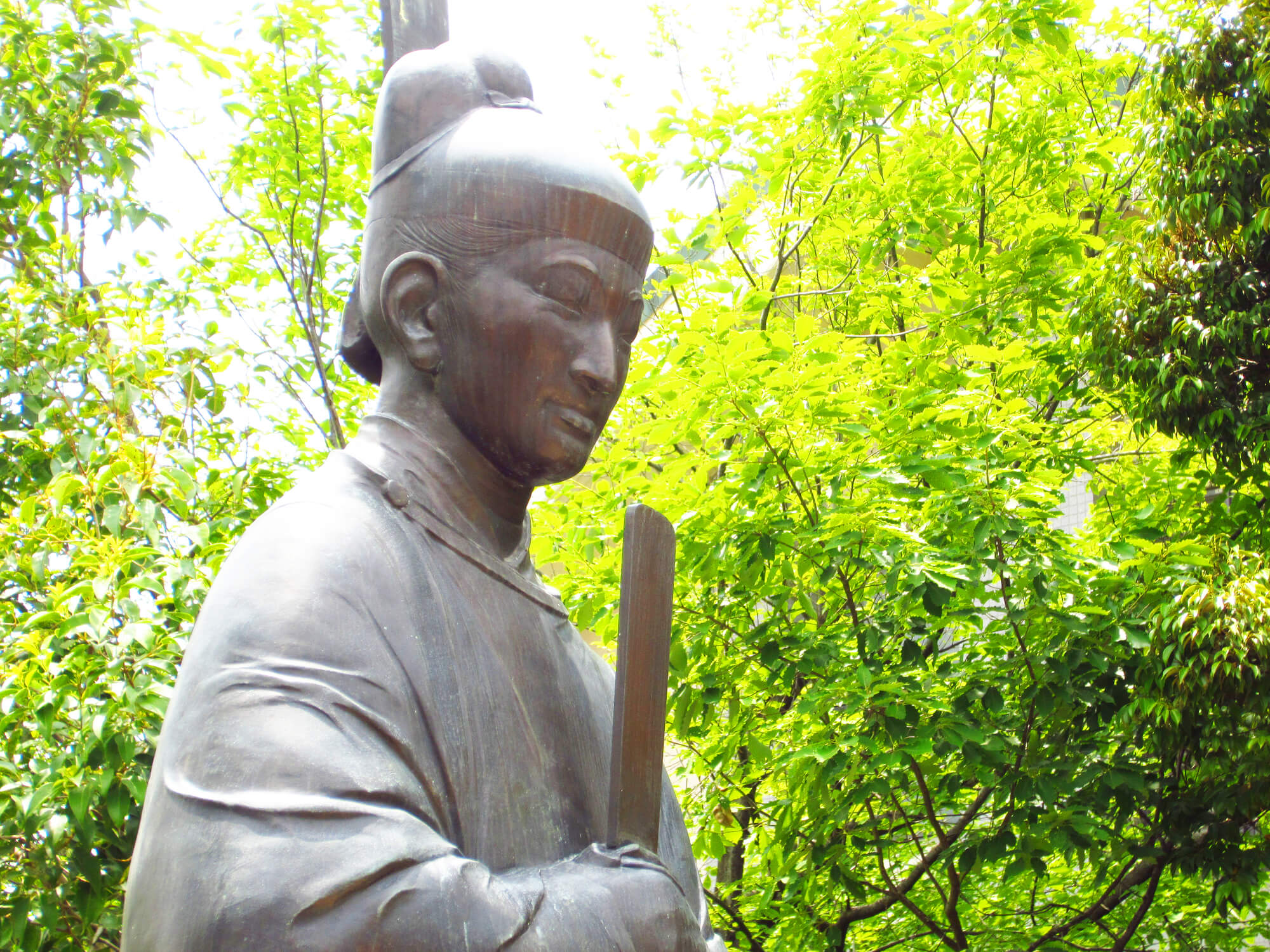
Purple dye in Japan
Under the “Twelve Level Cap and Rank” system introduced in 603 by Prince Shōtoku, indicating the rank of ruling officials, the highest rank was indicated by a deep purple color, followed a rank indicated by light purple. This indicates how highly prized the color was in Japan as well by this time. However, the purple dye used at the time was made from purple gromwell, not shellfish. Royal purple from shellfish was not even available to someone of a rank as high as Prince Shōtoku himself during that era.
The Twelve Level Cap and Rank system (in descending order): Daitoku (“greater virtue”; deep purple), Shōtoku (“lesser virtue”; light purple), Daijin (“greater benevolence”; deep blue ); Shōjin (“lesser benevolence”; light blue), Dairei (“greater propriety”; deep red), Shōrei “lesser propriety”; light red), Daishin (“greater sincerity”; deep yellow), Shōshin (“lesser sincerity”; light yellow), Daigi (“greater justice”; deep white), Shōgi (“lesser justice”; light white), Daichi (“greater knowledge”; deep black), Shōchi (“lesser knowledge”; light black).
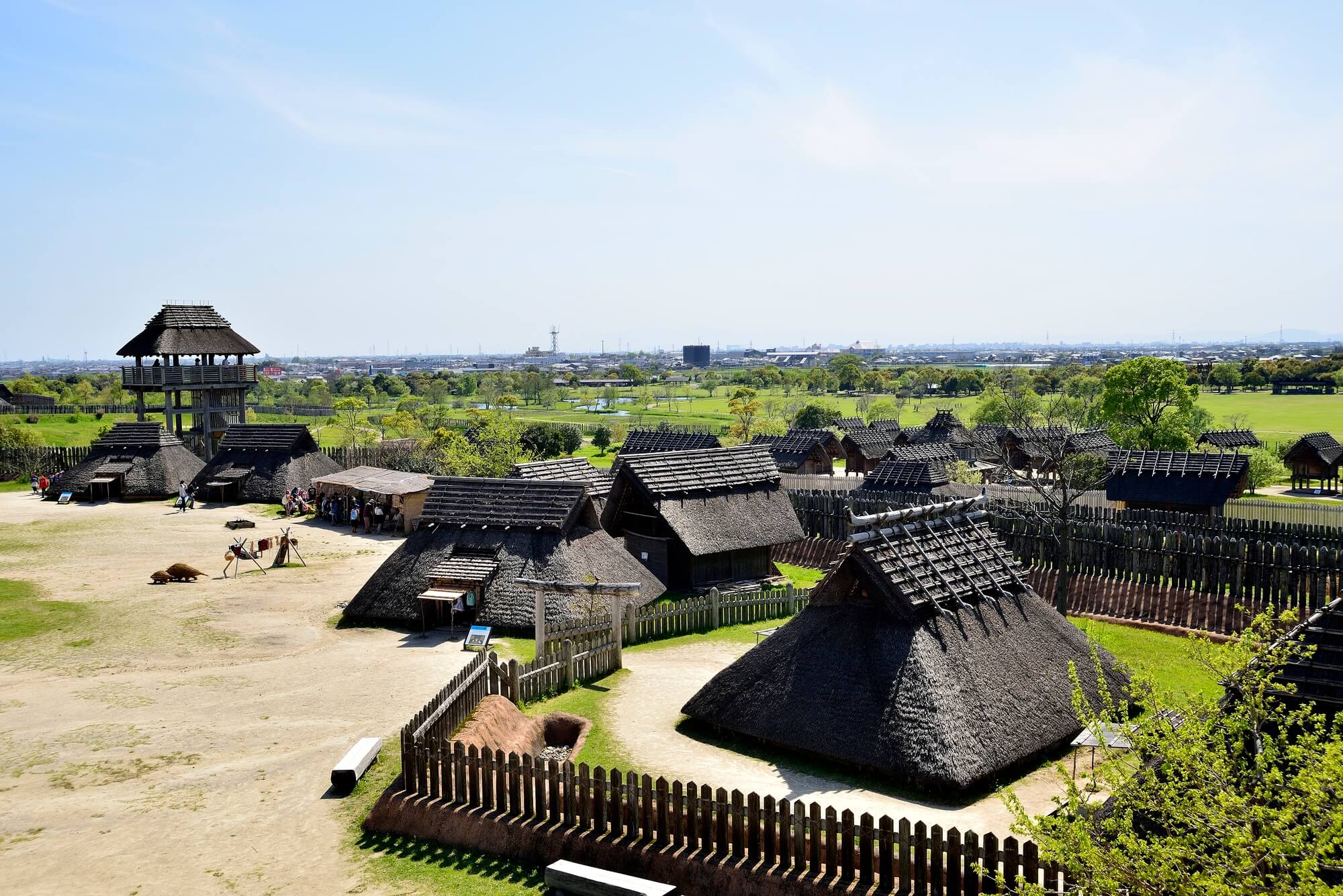
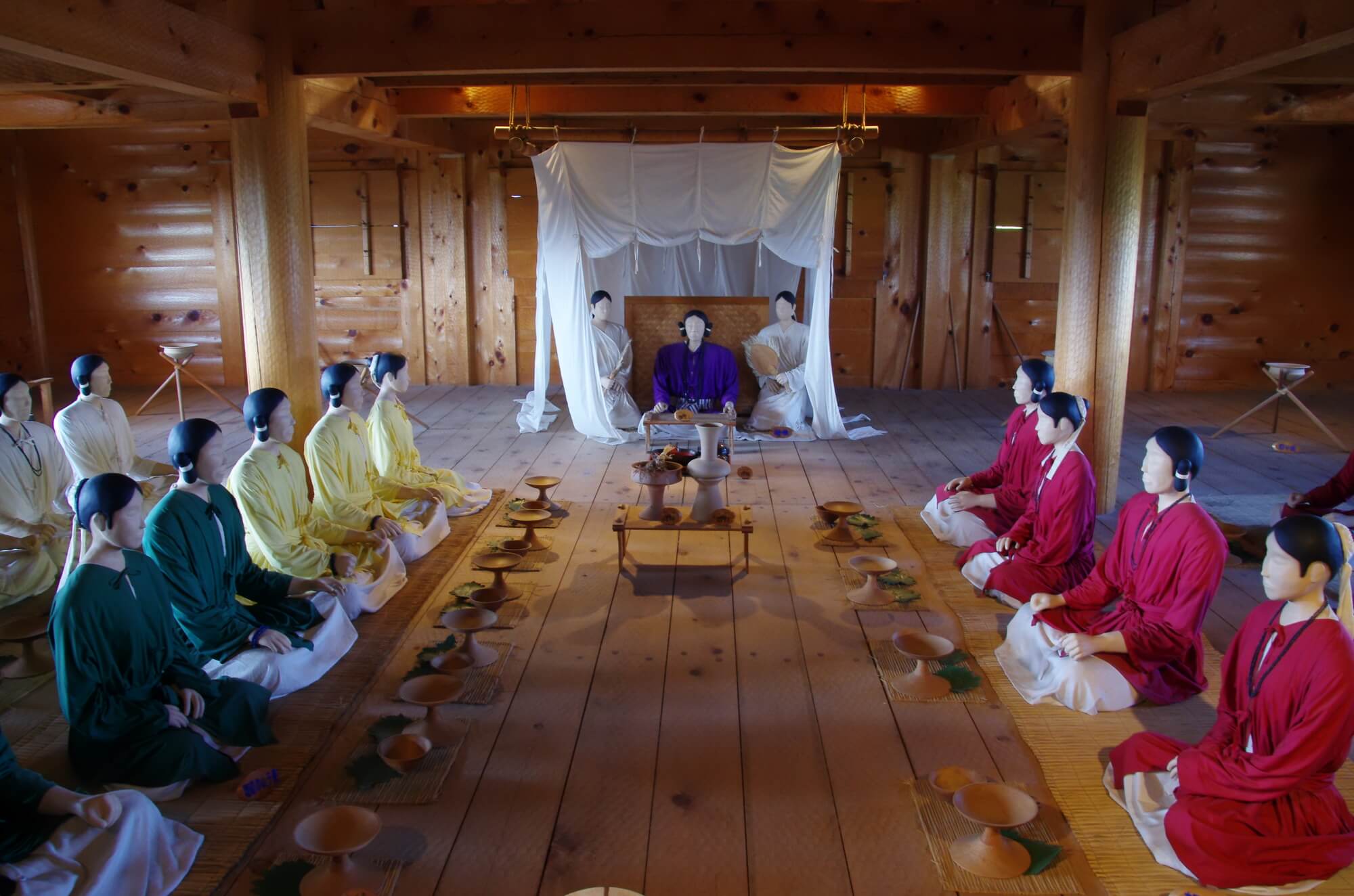
Japan's ancient Kaimurasaki dye
In 1989, the exciting discovery was made of the Yoshinogari archeological site in Saga Prefecture. The enormous site, covering 50 hectares, contains the remains of village settlements from a period of several centuries, beginning from the Jōmon Period. The Yoshinogari site is the only place where there are archeological features such as watchtowers, “josaku” castle fortifications, palaces, and other structures that match the descriptions of the country “Yamatai-koku” referred to in the third century Chinese historical work Gishi-Wajin-den, thus providing convincing evidence to support the idea that Yamatai-koku originated in northern Kyushu. Found within the ruins were silk and hemp fabrics, including purple cloth that is thought to have been dyed with the same sort of royal purple dye from akanishi-kai shellfish that we make today at our studio
It seems likely that fabrics made from purple dye were used as luxury items centuries ago during the time of the Twelve Level Cap and Rank system.
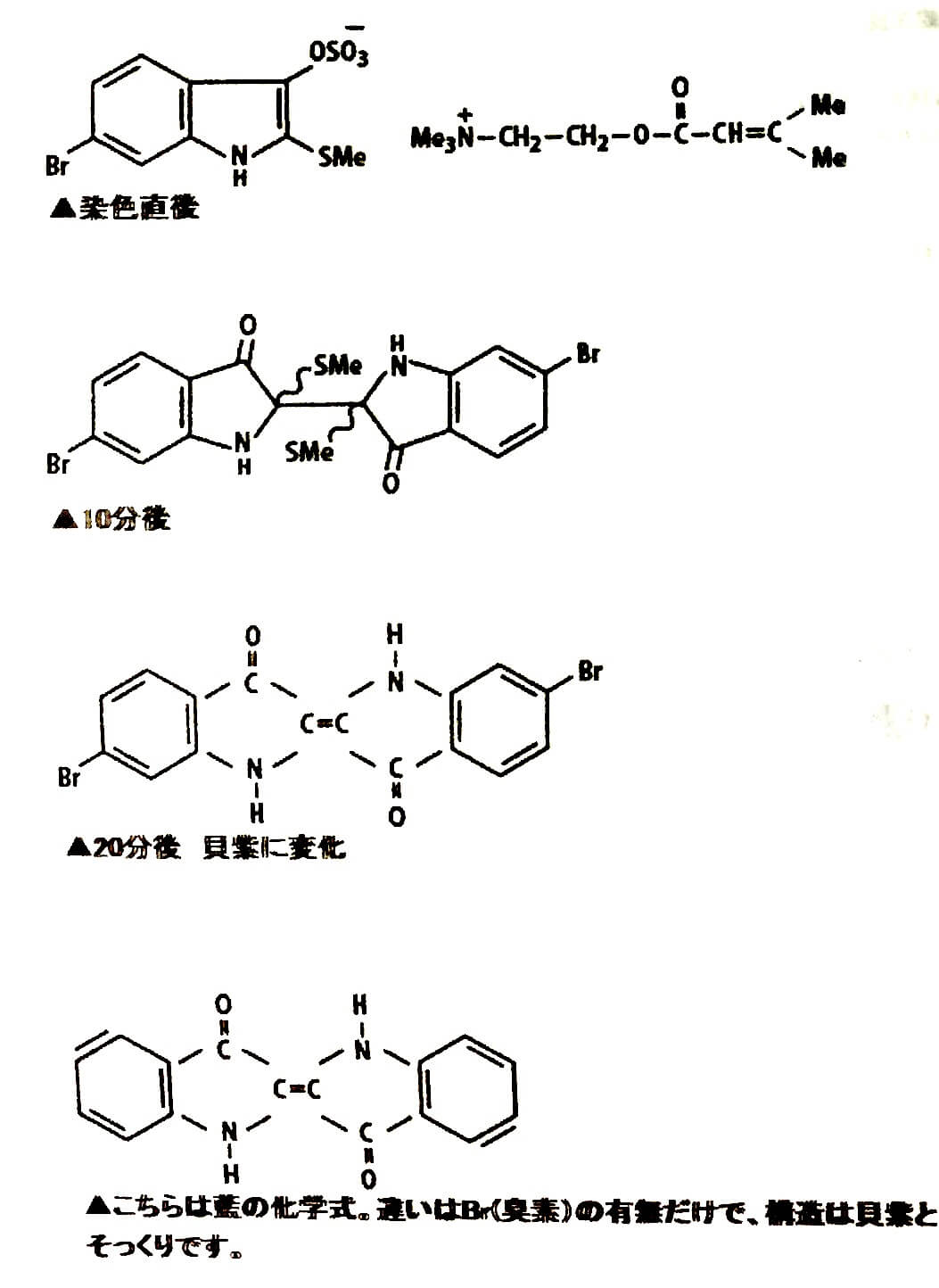
The chemistry behind Kaimurasaki dye
As is clear from chemical formulas, indigo and shellfish dye are very similar and are related pigments. The difference is only that shellfish dye contains bromine (Br). Immediately after a fabric is dyed with Kaimurasaki, the color is a pale yellow, but when it comes into contact with the air the oxidation process brings out the purple color. This is the same process that occurs in the case of indigo.
Kaimurasaki shawls we presented to Empress Michiko
A shawl dyed with Kaimurasaki was presented to Empress Michiko at the time she was still the Crown Princess. Later, Her Majesty visited Miyazaki Prefecture in 1985 and came to Aya in 2004. Both times, Her Majesty was presented with a Kaimurasaki shawl. A handwoven shawl made with Koishimaru silk and then dyed with Kaimurasaki that was presented to Empress Michiko Majesty on that second visit is now on display in the Museum of the Imperial Collections at the Imperial Palace in Tokyo.
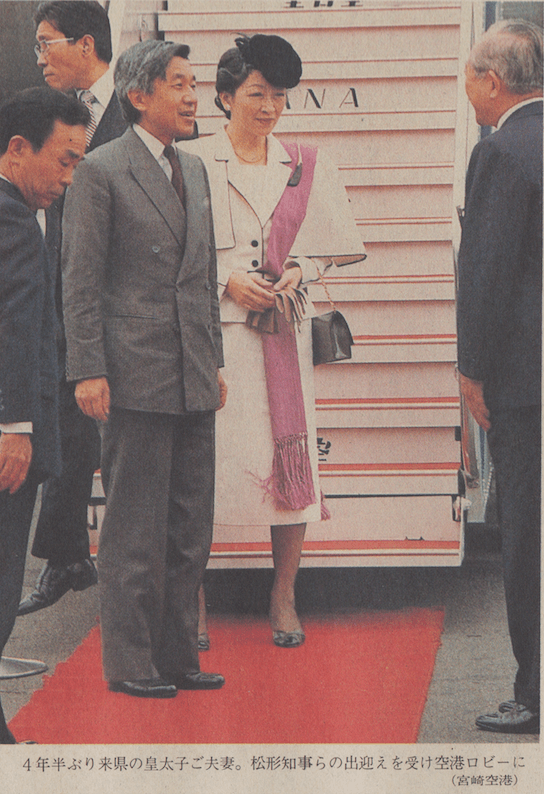
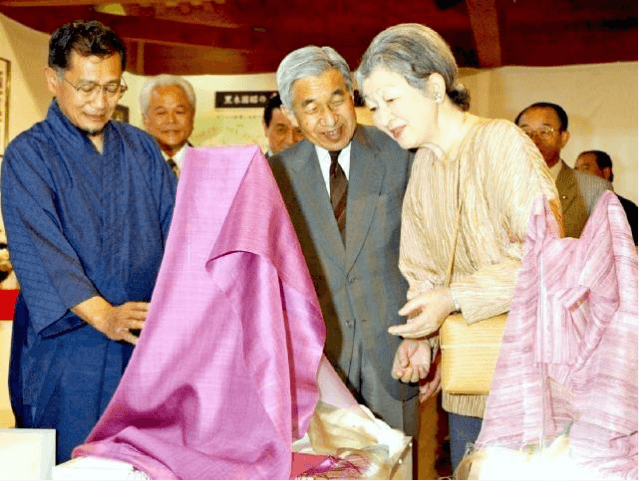
First shawl: November 16, 1985.
Second shawl: April 25, 2004
